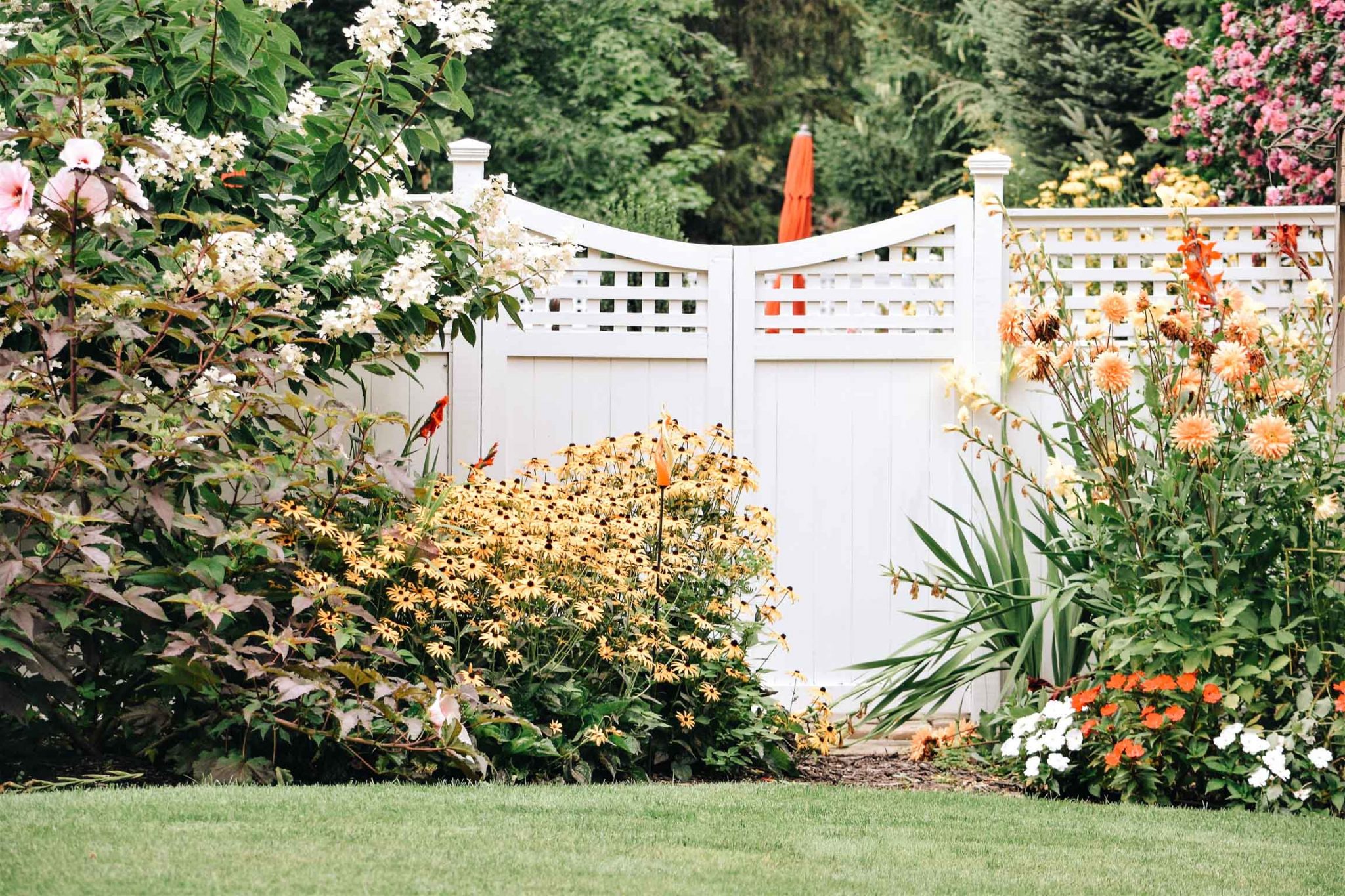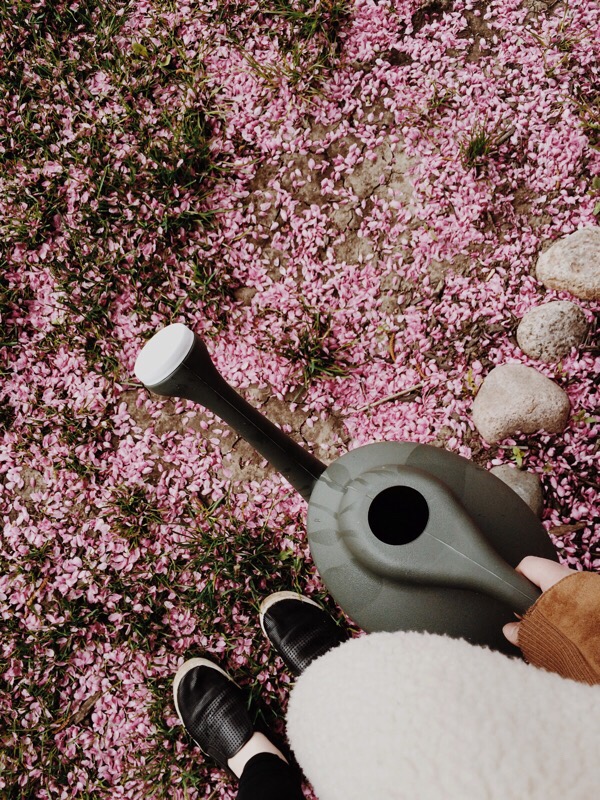Spring is here! While the weather might still be a bit questionable these days, it’s the perfect opportunity to start thinking about your spring gardening! Whether you’re looking for lush flower beds bursting with perennials or hoping to grow a vegetable and herb garden for the first time, this is the perfect opportunity to start planning!
While we’re not rushing to plant anything right now, the best time to start planting is once the ground has thawed and there is no longer a threat of any frost. However, getting a head start on this can help you to visualize and achieve your gardening goals this year! Not only does a garden look pretty and can be a source of relaxation for many, but it can also add plenty of curb appeal to your home.

Before you head out to your local gardening centre, consider a rough sketch of what you are looking to achieve. A little research online can give you an idea of what plants will look like, how big they will grow and what to expect. Not only does having a plan help to keep you on track for what you’re hoping your garden will look like, but it will also help when it comes time to budgeting for your garden. It may not be realistic for you to relandscape your entire property, something as simple as starting with a flower bed may be perfect. We try to work on one yard at a time, whether that be the front or the back.
A plan will also help you choose what plants to select based on the growing conditions. For example if you know they are going to be in a shady area, you will want to select a plant that will grow in those conditions.

When selecting plants, it’s important to read the tag. The tag will indicate how wide and how tall a plant will grow. Consider where you’ll be placing it to make sure it will fit in the area once it has reached full maturity. We suggest avoiding plants that spread aggressively as they can be a lot of work and take over the garden. If you’re looking for a more in-depth approach and want to see what kind of plants would thrive in your soil conditions, consider taking a soil sample to a landscaping company to see if you need to add any nutrients.
If you’re looking to start a vegetable garden, we know it can be a bit of a daunting task. We feel like we all know one person who has tried and they’ve either all been eaten by an animal or didn’t grow as much as anticipated. Vegetable and herb gardens don’t have to look bad! We remember as kids, growing up seeing almost mini-farms in the backyard. For example, you can create a beautiful hedge using high bush blueberries, use strawberries for edging garden beds or curly parsley into container gardens for some texture.
If you’re looking to grow your own food, we suggest building a raised garden bed. The size will vary depending on how much space you have available. Keep in mind that most vegetables require a lot of light and will typically need a minimum of 8 hours of sun per day. If you don’t have full sun, consider sticking to vegetables like leaf lettuce, spinach and kale.
A raised bed can be helpful for several reasons here. One, it can help with drainage. Rather than filling the entire bed with dirt, we suggest filling the bottom with larger rocks. You can even use some natural brush to raise it up as well. Second, a raised bed will help with animals eating the vegetables.
Caring for you garden is relatively straight forward, depending on the type of garden you chose will depend on the level of care required. Keep in mind whether will affect the timing of planting trees, shrubs and perennials. The best time to plant is in the spring when it wet and the soil is soft. Rather than in the summertime when it gets really hot. The best thing to do to give your plants a bit of a head start in the spring is to give them a deep water once per week. Once they’re established you won’t need to water them as frequently.

